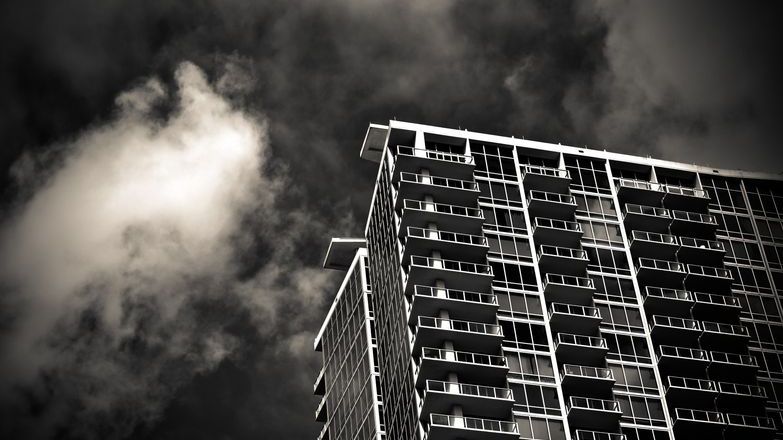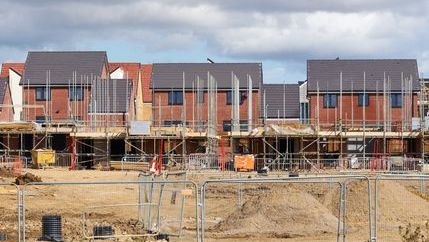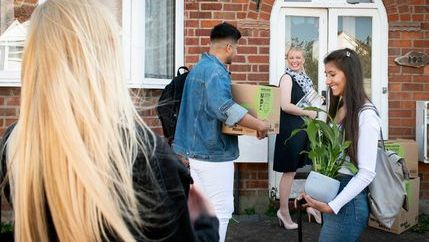
Where are we with the removal of unsafe cladding?
ACM cladding, which is by far the most unsafe form of cladding, has been remediated from 95 per cent of all high-rise buildings, stated Jenrick, and workers are currently continuing to remove the remainder of the buildings with the cladding present. 100 per cent of ACM cladding has been removed from social housing.
Levy and tax for developers
A ‘gateway to developer levy’ will apply to residential developers who seek permission to develop certain high-rise buildings in England. The UK Government shall consult on the policy design in the due course.
A new tax will also be introduced for the UK residential property development sector in 2022 which is expected to raise at least £2bn over the next ten years to help pay for cladding remediation costs.
Support for lower and medium-rise blocks
Jenrick said that the risk in lower and medium-rise blocks of flats with unsafe cladding is a lot lower but costs can still be significant for leaseholders. To tackle this, he announced the UK Government will develop a long-term low-interest scheme to protect leaseholders for cladding remediation in buildings between four and six stories high. Leaseholders will not pay more than £50 a month towards the removal of unsafe cladding.
The support combined means the UK Government is providing more than £5 billion which includes the £3.5 billion announced today, plus the significant cost of the financing scheme to ensure all leaseholders in medium and high-rise blocks face no costs or very low costs if cladding remediation is needed.
EWS1 forms
Half a million leaseholders will also not need a separate EWS1 form to get a mortgage and the UK Government is asking lenders to strongly support today’s announcement so this part of the housing market can move forward.
On 21 November 2020, the UK Government announced that the External Walls Systems 1 (EWS1) form is no longer required for owners of flats in buildings without cladding to sell, rent, or re-mortgage a property, in an agreement reached with the Royal Institute of Chartered Surveyors (RICS), UK Finance and the Building Societies Associations (BSA).
Propertymark's work on cladding and leasehold
Propertymark reported the effect of COVID-19 on leaseholders as they were forced to pay for waking watches and other security measures during the crisis on buildings where remediation work wasn’t complete. The introduction of the Building Safety Bill and action on mortgages for properties in high-rise residential buildings was announced in April 2020. Propertymark has long campaigned for leasehold reform, as many leaseholders have found themselves ‘mortgage prisoners’ with lenders refusing to value flats with unsafe cladding.
Leasehold properties
We've been working with the National Leasehold Campaign to raise awareness of the abuse of the leasehold system in newly built homes.
In September 2020, Propertymark submitted written evidence to the Housing Committee's inquiry into the Draft Building Safety Bill acknowledging and encouraging the need to improve building safety after the tragic Grenfell Tower fire, but stressed concerns about the practical application of the following elements contained within the Draft Building Safety Bill and costs to leaseholders. These included:
- Recruitment, training and the role of Accountable Persons and Building Safety Managers
- Gaps between the new Building Safety regime and legacy stock
- Material information and the remediation of any unsafe cladding
- Scope of the New Homes Ombudsman Scheme
Propertymark has also met with the Health and Safety Executive to discuss the implications of the new Building Safety Regulator and is part of a cross-sector group working on improving guidance for members who are buying, selling and renting property affected by cladding.
FAQs: Draft Building Safety Bill






